Our native wildlife need space to adapt to our warming climate. It’s essential for them to prosper and avoid extinction into the future.
Healthy undisturbed areas help native wildlife adapt to changes in their habitats from bushfires and other challenges.
Yet, Yarra Ranges Council wants to clear habitat and compromise the integrity of Yarra Ranges National Park. That contradicts the whole point of the National Parks Act.
This is bad news for Mount Donna Buang Wingless Stoneflies, Leadbeater’s Possums, Cool Temperate Rainforest and large, hollow-bearing trees.
The Yarra Ranges Council wants to build 44 trails spanning 177 kilometres as part of The Warburton Mountain Bike Destination.
Part of the project is planned within the Yarra Ranges National Park.
Construction of bike trails will clear habitat and dilute nature protection in the park. The removal of remnant vegetation and the breaking apart of wildlife habitat is one of the most serious issues facing nature in Victoria.
If it goes ahead, part of tracks built will have a terrible impact on threatened wildlife that rely on the park to survive.
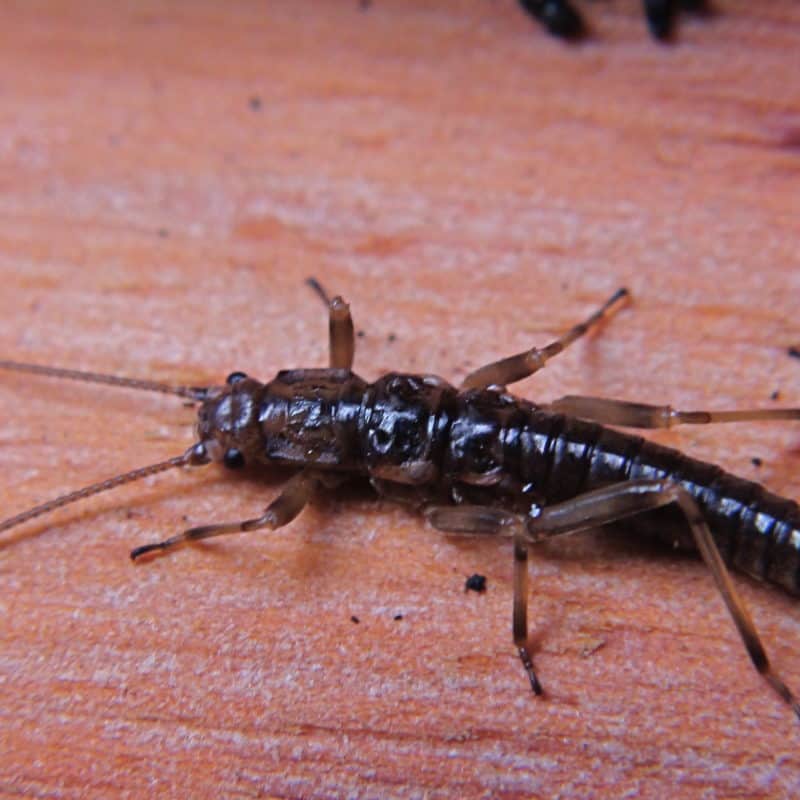
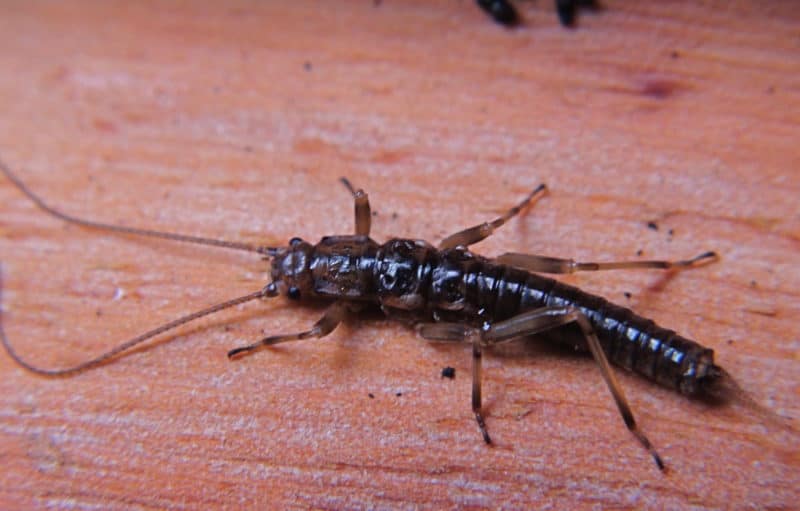
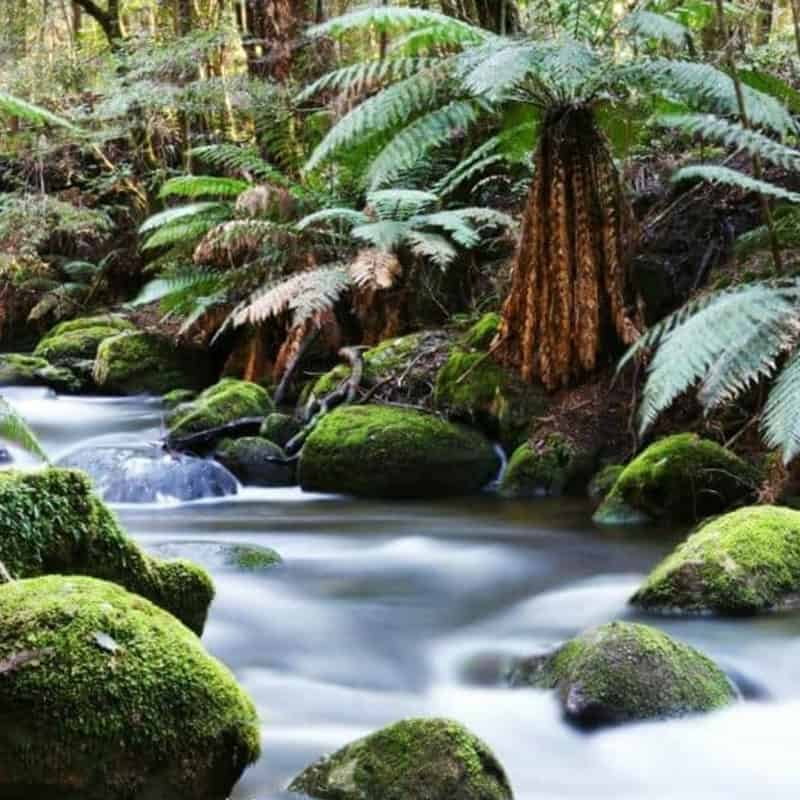
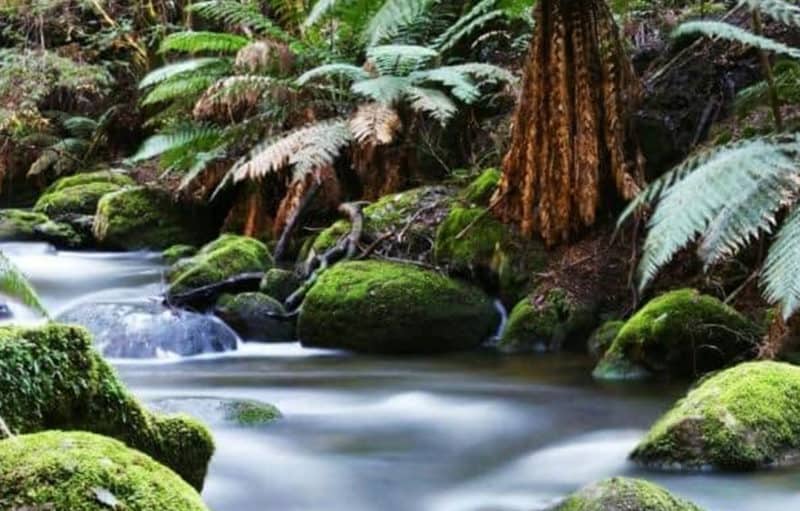
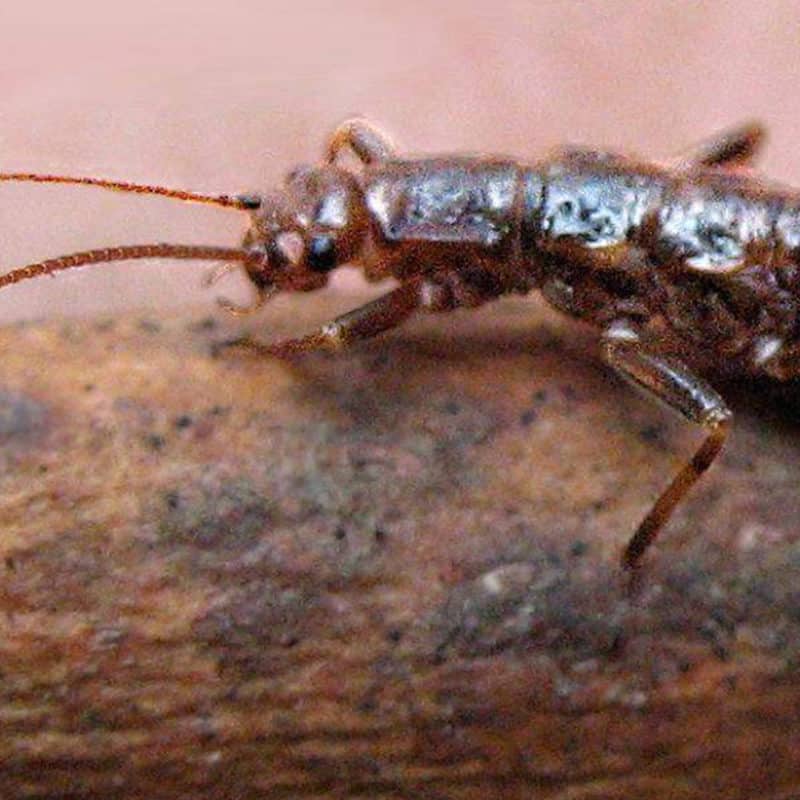
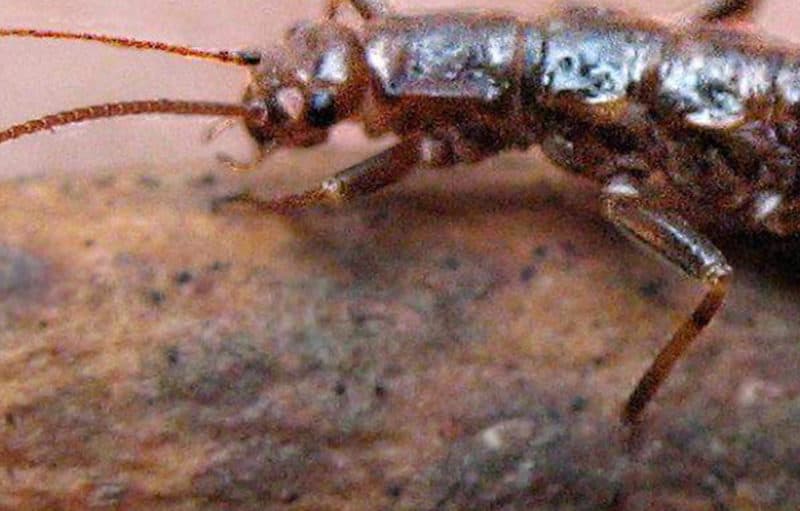
Just like the other major projects throughout Victoria, the Warburton Mountain Bike Destination (WMBD) has been subject to an assessment of its environmental impacts. Due to the size and scale of the development and the potential to impact on a raft of threatened species and other values, the government decided to make it go through an Environmental Effects Statement process.
The Yarra Ranges National Park was established in 1995, to protect some of Victoria’s most fragile and important natural areas – including the closed water catchments that supply most of Melbourne’s drinking water, as well as to preserve the cool temperate rainforest and unique ecosystems within the park boundary.
In this instance, the project has been assessed using an Environmental Effects Statement (EES). Unfortunately, the EES process is more orientated toward the socio-economic merits of development proposals and is ill-suited to assessing critical ecological risks to protected areas, and tends to focus on the appropriateness and designing of planning controls. The EES report doesn’t seek to determine a threshold for an acceptable level of impact, which should have been done before the project was funded, or give consideration to the objectives of the National Parks Act. To be blunt, the EES process is designed to prioritise development, usually on private land, and inform town planning controls, not the planning and management of our prime protected areas such as national parks.
The objectives of the National Parks Act do not prohibit the planning of bike tracks, but that doesn’t mean you can build it. There are various approvals required, beyond planning, to permit construction and ongoing use on the ground, and even if the EES is approved these are far from guaranteed and still do not align with the Management Plan for the park.
Under the operational model discussed in the EES process, if the track proceeded it would be done under a leasing arrangement with Park Victoria, essentially making the Yarra Ranges Council the manager of a liner strip within the national park for a maximum of 21 years. This is a fragmentation of the integrity of the national park, making the Council the long-term manager of one of the key parts of Victorian prime protected areas with associated costs, liabilities, and risks for ratepayers.
At present, the planned route for the bike trail cuts through some of the most ecologically sensitive parts of the National Park. Conserving the integrity of the Yarra Ranges National Park for the future is crucial on many fronts, including the reputation of the Yarra Valley as a tourism draw card. The technical reports undertaken during the EES process found that the development would create a raft of pressures that could undermine the ecological function of the National Park over time. These include the fragmentation of ecosystems, soil disturbance which facilitates the spread of destructive pathogens, and clearing of ancient forests.
Victoria is the most cleared state in Australia, and with the ongoing pressures caused by climate warming and invasive species, our remaining natural wonders need all the support they can get to survive and thrive.
The current walking trails on Mt Donna Buang were created well before the establishment of the Yarra Ranges National Park in 1995. The construction of either bike or walking trail infrastructure has the potential to degrade intact environments by facilitating the dispersion of invasive species and pathogens.
The objectives of the National Parks Act describe a clear hierarchy for decision-makers, where environmental protection is to be prioritized over recreation where the two are in conflict. This means that, whether they are bike tracks or walking trails being proposed, we need to be diligent in ensuring the design complements, rather than carves up the surrounding environment.
All national parks are legally required to have a Park Management Plan, with a specialised planning process for the particular ecological sensitivities of the park. Large-scale bike tracks are not considered in the current Yarra Valley National Park Management Plan.
Approximately 12% of the proposed Warburton bike track is planned to cut through sensitive areas of the national park. Given the irreversible impact, this would have over the long life of the project, it is clear that placing trails in these areas should be avoided, in consideration of the ecological values currently protected and under active management.
There is little evidence to suggest that current bike track routes would have no impact on the National Park. In fact, the detailed technical studies undertaken for the environmental assessment indicate that it will be extremely hard to mitigate and manage some of the impacts, particularly those caused during the construction of the Drop-a-K track and other tracks proposed within the park.
Ecology consultants Biosis completed a biodiversity assessment for the project in 2021. Biosis found that both the extent and quality of Cool Temperate Rainforest would be worsened over time by the infection and spread of a notorious pathogen known as Myrtle Wilt.
Even with the mitigation measures proposed by the proponent, Biosis found that the residual risk to Cool Temperate Rainforest in the Yarra Ranges National Park was “very high”, and assessed the consequence of these impacts as “major”. The report also noted that the likelihood of these impacts is “almost certain”, despite the proposed use of micro-siting and anti-fungal agents during construction. You can read these findings in the Biodiversity Assessment report, from page 287. This was reinforced by expert witnesses during the EES hearings.
By simply putting the route of the bike track to remain outside National Park, the project can positively complement the surrounding environment– and benefit from being situated near a healthy, resilient Yarra Ranges National Park for years to come.
There is a diversity of views within the Warburton community about how the project should proceed. Some locals are particularly concerned about the environmental aspects of the proposal and how extra visitation pressures will impact the National Park and surrounds.
As part of the environmental assessment process, the Inquiry and Advisory Committee received over 2,000 submissions from community members and stakeholders. The Upper Yarra Sustainable Development Alliance, which represents 23 local groups, raised a raft of concerns with the proposal in their detailed submission. All submissions made to the Committee can be viewed here.
The Mount Donna Buang Wingless Stonefly is a critically endangered cryptic invertebrate, with great significance to science. One of only two wingless stoneflies found in Australia, this little critter is exclusively found in ephemeral freshwater trickles and streams within a few kilometers of the summit of Mount Donna Buang.
Due to these constricted habitat requirements, the Mount Donna Buang Wingless Stonefly is extremely vulnerable to any alteration to its habitat, including soil disturbance, removal of vegetation, or even traces of pollutants in its freshwater environment. It is currently listed as critically endangered under the Flora and Fauna Guarantee Act 1988 and the IUCN’s Red List of Threatened Species.
In recent years, Parks Victoria has taken extra precautions to preserve the stonefly’s habitat, such as closing walking tracks and car parks at particular times of the year, in response to its dwindling population size.
In effect, there is a high risk of cumulative impacts from construction and operational impacts to Mount Donna Buang Wingless habitat and its existence. The track cannot be consistently managed or constructed in such a way that it will avoid negative impacts and endanger R.darlingtonia.
The construction, installation, and future use of the track will undermine the past conservation action taken by the land manager (Parks Victoria) to safeguard the species from extinction (as required by the Flora and Fauna Guarantee Act).
You can read more about the Mount Donna Buang Wingless Stonefly, in VNPA’s June edition of ParkWatch.
There is little evidence that the construction of lawful mountain bike tracks will deter people from illegally removing native vegetation to create further illegal bike tracks, in fact, the opposite can occur.
In the Dandenong Ranges National Park, efforts to sanction illegal mountain bike tracks have backfired, with extensive areas of cool temperate rainforest cleared as further illegal tracks continue to be built, and bike tracks that were decommissioned by Parks Victoria due to impacts on cultural and environmental values, have become re-established.
Similarly, illegal tracks persist in areas like Yarra Bend Park, Kirth Kiln regional Park, and Bendigo National Park despite there being legitimate track networks nearby.
National Parks need active and adaptive management to keep their ecological integrity and to remain resilient in the face of enduring conservation challenges, including- bushfires and climate warming. Intact ecosystems are the most resilient to climate change, which is why National Parks are critical to protecting biodiversity from the increasing consequences of climate change. It is concerning to note that climate change implications were hardly mentioned in the proponents EES documents.
The classification of parks and conservation areas and their uses are determined by the specific purposes for each area, as set out under their respective legislation.
Reference areas are relatively undisturbed areas representing the major land types found in the State, which serve as a reference for monitoring long-term changes caused by human alteration and utilisation. Their use is confined to scientific study, under the Reference Areas Act 1978. They are typically very small areas and occur in national parks or other types of public lands such as in-state forests.
On the other hand, National Parks have a raft of purposes, but all are tied to the conservation of nature. National Parks are established and managed under Victoria’s National Parks Act 1975. Under that Act, the primary objectives of national park management are:
i) for the preservation and protection of the natural environment including wilderness areas and remote and natural areas in those parks;
ii) for the protection and preservation of indigenous flora and fauna and of features of scenic or archaeological, ecological, geological, historic, or other scientific interest in those parks; and
iii) for the study of ecology, geology, botany, zoology, and other sciences relating to the conservation of the natural environment in those parks; and
iv) for the responsible management of the land in those parks;
Section 17 of the National Parks Act sets out in greater detail the role of Parks Victoria in terms of the management of national and state parks.
(2) Subject to any agreement entered into under section 16A(1), Parks Victoria has the control and management of each national and State park and must—
(a) ensure that each national park and State park is controlled and managed, in accordance with the objects of this Act, in a manner that will—
(i) preserve and protect the park in its natural condition for the use, enjoyment, and education of the public;
(ii) preserve and protect indigenous flora and fauna in the park;
(iii) exterminate or control exotic fauna in the park;
(iv) eradicate or control exotic flora in the park; and
- v) preserve and protect wilderness areas in the park and features in the park of scenic, archaeological, ecological, geological, historic or other scientific interest;
(aa) have regard to all classes of management actions that may be implemented for the purposes of maintaining and improving the ecological function of the park;
(b) consult, as far as is practicable, with the Secretary to ensure that, as far as is practicable, appropriate and sufficient measures are taken to protect each national park and State park from injury by fire;
(ba) ensure that appropriate and sufficient measures are taken (including seeking the making of an appropriate agreement under section 32I(1))—
(i) to protect designated water supply catchment areas; and
(ii) to maintain the water quality of and otherwise protect the water resources in those areas; and
(iii) to restrict human activity in those areas for the purposes of subparagraphs (i) and (ii);
(c) promote and encourage the use and enjoyment of national parks and State parks by the public and the understanding and recognition of the purpose and significance of national parks and State parks;
Fundamentally, the Act sets out a clear hierarchy in terms of how the different objectives apply when different uses are in competition with each other.
The use and enjoyment of parks for recreation must be adapted to be consistent with the primary objective of preserving and protecting nature. Any activity intended for ‘use and enjoyment’ must be appropriate for the environment it seeks to use, and the construction of mountain bike trails is no exception.
The ecology of each National Park and protected area is different, and each deserves its own consideration. The Yarra Ranges National Park Management Plan provides plenty of detail about the key risks and threats that exist to the integrity of the park, and any recreational activity needs to be regulated to ensure it doesn’t aggravate these threatening processes over the long term.
VNPA supports appropriate, well-planned recreational use of National Parks. We are supportive of the vast majority of the project outside the park, but our position is that the significant extent of land clearing or rare and precious protected areas required will cause unacceptable degradation of the park, and is completely inconsistent with the objectives of the National Park Act and will have an unacceptable impact on key threatened species and communities and the designated Closed Water Catchment.
What distinguishes this project is the acute sensitivities of the ecosystems which the current trail design would fragment. Intact Cool Temperate Rainforest and aquatic habitats within the planned project envelope provide some of the most intact, high-quality habitat in the state for species like the Powerful Owl and the Mount Donna Buang Wingless Stonefly.
In the case of the Dandenong Ranges National Park, changes were made to the Management Plan authorizing illegally made mountain bike tracks, on the condition that no further illegal tracks would be made. Given that a further 100km of illegal tracks have been created since the changes were made, it is evident that this approach has failed to prevent significant adverse impacts, including removal of vegetation, erosion, and possible damage to cultural heritage sites.
The track at Lake Mountain is a small section of existing track that did not require removal of existing native vegetation for its use and is signposted for other passive park users to warn of use by bike riders.
VNPA’s position is that each proposal should be assessed against the objectives of the National Parks Act, before investment or detailed project plans are developed. Any proposal needs to be tailored to the particular management requirements of the protected area, as expressed in the relevant Management Plan.
No. The Warburton Mountain Bike Destination is a very large-scale project, with a number of different trail designs. We are supportive of the southern part of the project within the State Forest going ahead, which makes up the vast majority of the track network. The small part of the project that we don’t support requires significant land clearing of rare vegeatation in a precious protected area, the Yarra Ranges National Park.
VNPA's considered view is that the proposed tracks in the Yarra Ranges National Park are in the wrong place and will significantly impact its iconic ecosystems over decades of use. We have maintained this position throughout our engagement with the proponent, the Shire of Yarra Ranges, for years. This view is underpinned by the work of a number of ecology and species experts in submissions and technical reports.
The section of the track network that the VNPA opposes, located within the National Park, only accounts for 12% of the total track length. The Council’s own EES documents demonstrate that the project is already viable without constructing the small component of the track that intrudes on the National Park. The section in the Yarra Ranges National Park (Stage 2), is not yet funded, and should not be.
Every national park and conservation area are different. VNPA’s approach is dependent on the activity, the park and the context. It’s about the right activity in the right place.
Over the years, VNPA has opposed many types of activities, including walking tracks, wherever they have been put in the wrong place for threatened wildlife and ecosystems. To achieve this, we pursue every opportunity to advocate for the best conservation outcome, so our involvement as a stakeholder doesn’t necessarily equate to our support for any given proposal.
We were never very happy with the Grampians Peak Trail. It was announced as a ‘done deal’ by state and federal governments, with inadequate opportunities for input from the community. VNPA have voiced our concerns, particularly with the private accommodation aspect, which has largely since been removed from the proposal. However, we remain concerned about some of the construction impacts, and the potential impacts of infrastructure creep. The Grampians Peak Trail, like the Warburton Mountain Bike Destination, is a prime example of government funders not doing the proper environmental due diligence or planning, before making commitments.
Alpine resorts in Victoria are not situated within national parks but have their own land tenure. VNPA has highlighted concerns about the adequacy of alpine resort management over many years, particularly in the less developed areas such as Mt Stirling.
VNPA also holds significant concerns with Parks Victoria’s Falls to Hotham Alpine Crossing proposal. We have a place on the Strategic Advisory Committee for the project. We are certainly displeased with the current proposal and will continue to use our position on the committee to advocate for deeper consideration of conservation issues throughout the planning process.
VNPA has participated in early discussions with the Council and other stakeholders about the Warburton Mountain Bike Destination project since its inception, and our position on the appropriateness of development within the National Park has remained consistent. The evidence submitted during the EES process makes it clear that the part of the project that intersects the Yarra Ranges National would cause significant impacts over time.